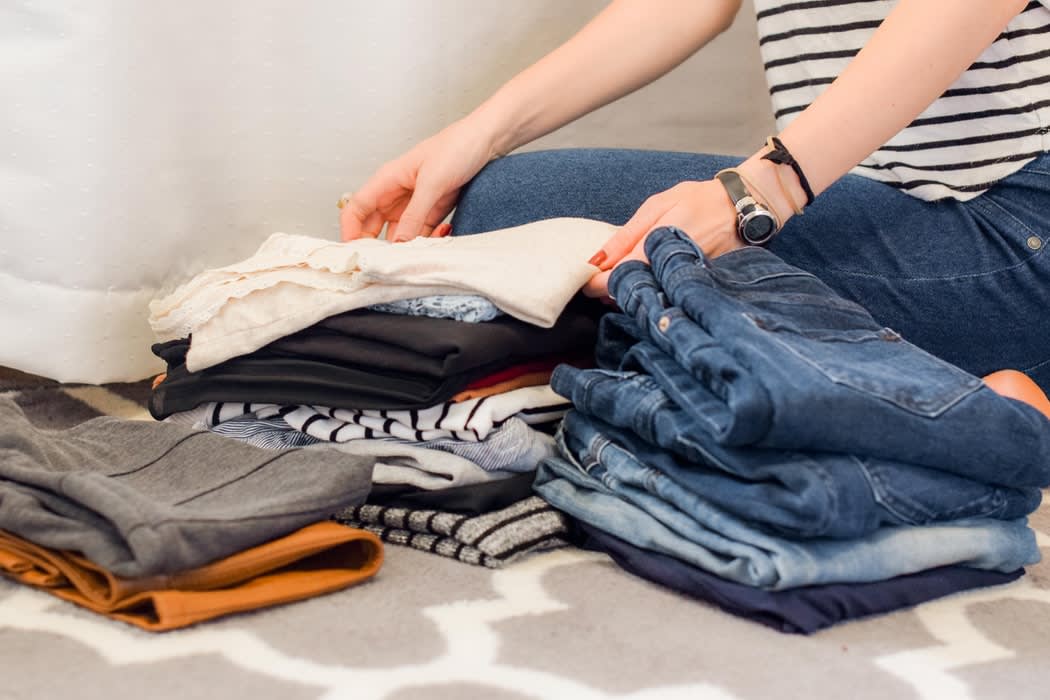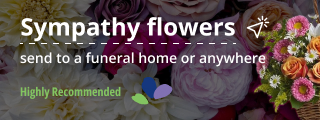
It’s been said that the hardest work starts after the funeral service ends, as people try to cope with the resulting grief and figure out what to do with a loved one’s personal belongings. Margareta Magnusson wrote a bestselling book about how to avoid the unenviable task of sorting through the personal belongings of someone who has died. The Gentle Art of Swedish Death Cleaning introduces the Swedish process of döstädning (in Sweden, dö means “death” and städning means “cleaning”) as a way to “free yourself and your family from a lifetime of clutter.”
Despite the morbid-sounding title, Magnusson’s book has a positive bent, presenting the idea that death cleaning is an uplifting task we should all practice sooner rather than later. Going through your private effects before you die and deciding what to keep vs. what to throw away makes this task less stressful for those you leave behind. It’s a lasting gift that family members and friends will truly appreciate.
Don’t Throw Everything Away
For those anxious at the thought of going through all their belongings and having to throw things away, Magnusson’s advice is to take it one day at a time. Swedish Death Cleaning isn’t about getting rid of all the stuff you have collected through the years or “dusting or mopping up,” she says. “It is about a permanent form of organization that makes your everyday life run more smoothly.” As you start cleaning, you will inevitably find special items that you want to keep a bit longer. These items can be placed in a “throwaway box” so that you still have access to them whenever you want, but, after you pass away, your family will know it’s okay to get rid of anything in that box.
First Things First
Magnusson recommends starting with the easy stuff first, like the things in storage you no longer use or items to which you aren’t emotionally attached. If you really can’t bear to let go of something, take a picture of it and save it in a visual catalog. This way, you’ll still have a record of what you owned. You can also curate memorable collections and keep one or two of your favorite pieces in the throw-away box while discarding the rest. Save photos, letters, journals, and cards for last; it takes time to go through written materials that are meaningful, and you could lose precious cleaning time if you get lost in old memories.
Invite Family and Friends
Death cleaning doesn’t have to be a solo endeavor and can be a helpful exercise to do with other people. Tell family members and close friends that you are sorting through your possessions and invite them to lay claim on things they would want to keep for sentimental reasons. You might even be surprised to find out who wants your stuff and what items they want. “To know something will be well used and have a new home is a joy,” Magnusson says.
Talking About Death
Swedish Death Cleaning is one way of coming to terms with the idea of death and what it means when people say “you can’t take it with you when you go.” Talking about death is usually considered taboo, but more and more people are speaking openly about it in safe forums and gatherings called a Death Café. These are honest conversations about end-of-life issues, and they serve as another helpful way to prepare for the inevitable.
Much is written about what needs to be done when a loved one dies. Funeral directors guide families through the process of making funeral and burial arrangements, and when it comes time to discuss funeral planning for yourself or a loved one, Funeralocity simplifies the process with online funeral comparison services. Compare costs and services so you can make arrangements confidently.








